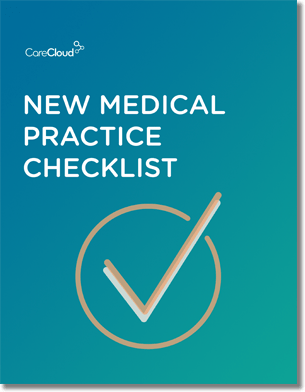The Center for American Progress recently released a lengthy, landmark study that made waves in the health IT news sphere. As Modern Healthcare (and many others) reported, the research showed…
Health insurance companies, hospitals, physicians and other providers could trim $149 billion to $160 billion a year from the country’s healthcare bill by implementing administrative reforms such as electronic processing.
$160 billion is definitely an eye-catching number; it’s the study’s largest ‘macro’ estimate of the industry’s potential for reform-related administrative spending cuts.
The authors of the report, “Paper Cuts: Reducing Health Care Administrative Costs,” additionally detail how, if stakeholders follow an outlined “three-part strategy for addressing administrative costs,” they can attain a more conservative estimate of savings of $40 billion per year – a goal that the U.S. healthcare system should be aiming for.
The comprehensiveness of the Paper Cuts report is immensely impressive, and I wholeheartedly endorse the strategies it espouses. It’s great stuff – really.
But when I read Modern Healthcare’s redux of the research, my response was not the ‘wowed’ reader reaction the news outlet might have expected to elicit.
I’m not awed by the big numbers in the research results. I’m incredulous that getting people’s attention and convincing them that technology-based processes and systems are cost-effective for healthcare requires the publishing and publicizing of a 48-page report.
Most Americans know and understand that healthcare in the U.S. is a hugely wasteful, inefficient industry. By now, it should be clear that healthcare’s dependence on outdated paper-based processes and outmoded technology systems factors hugely into the massively expensive healthcare system that continues to proliferate in this country.
What other sector spends $360 billion on administration alone? What other industry still conducts business with a massive reliance on fax machines and snail mail? Healthcare’s wastefulness is unmatched.
Yet it still takes nearly 50 pages of hard numbers and analysis – of two-year old data, no less – to show the industry’s decision-makers that doing things through electronic means is more efficient, cost-effective, and economical.
It’s great that the “Paper Cuts” numbers are grabbing people’s attention and making Americans more aware that the widespread use of electronic processes and modern technology could greatly lower healthcare costs.
But it’s disappointing to know that it takes a bold-faced report to make people realize that. An electronic healthcare future will be a less expensive healthcare future, and it’s well past time that the industry embraces the capabilities of modern administrative technology to get us there.

Do you know what you need when setting up a new medical practice?

